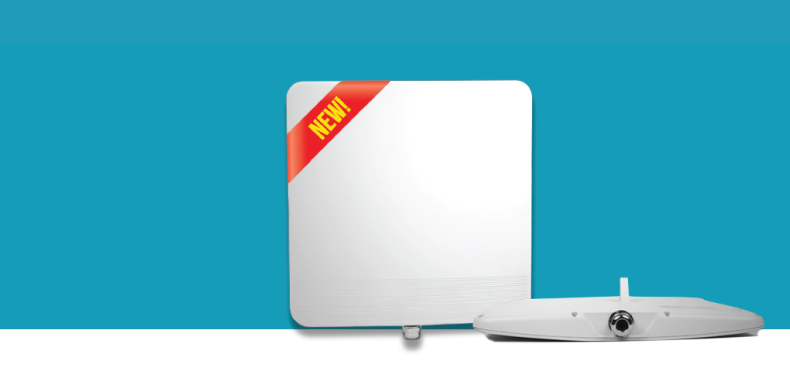 Gurmukh Neote is a telecom veteran and the CTO of BBnet, an Irish service provider.
Gurmukh Neote is a telecom veteran and the CTO of BBnet, an Irish service provider. BBnet has a customer base of thousands of enterprise and residential customers mostly in rural areas. Gurmukh has been working with RADWIN since 2011 – initially deploying RADWIN 5000 PtMP and RADWIN 2000 PtP and since 2016, the JET Beamforming platform. We spoke to Gurmukh to get his input on the RADWIN JET and the needs of service providers today.
Q: What’s the telecom landscape in Ireland like today?
Gurmukh: The demand for high speed broadband is continuously escalating. Customers want high capacity to support myriad applications that are an integral part of their daily lives - from fast internet browsing to video streaming, Netflix and gaming.
Q: What are some key challenges facing service providers?
Gurmukh: Many service providers are looking for ways to boost capacity in their access network. When it comes to rural areas, often fiber is very costly to deploy and slow to roll-out due to topographic constraints.
Wireless is the ideal technology for driving broadband to the last mile in rural areas underserved by the big telecom players.
One option is to use low-cost equipment, but there are downsides to using these types of systems: Service is significantly degraded when more users join the network, low-cost equipment cannot deliver the high bandwidth required to support data-intensive applications such as Netflix, video streaming, gaming apps and SLA-based services, and when low-cost equipment is installed in areas with interference, capacity is severely impacted.
This realization is prompting service providers such as BBnet to adopt carrier-grade equipment on the scale of RADWIN JET PtMP.
Q: What’s been your experience with RADWIN JET?
Gurmukh: When we had to choose which wireless technology to implement to boost capacity in our network, we evaluated JET and other wireless vendor systems during peak period traffic at 10 pm and saw impressive results that led us to choose RADWIN JET.
We tested the JET in place on a tower with 155 other 5GHz equipment where the noise floor is -70dBm. We’d already closed this site for new business, as it was simply not practical to add any new clients.
We replaced the existing equipment with JET and saw a jump of 10-fold to 170 Mbps at the base station Ethernet port, compared to the low cost sector we had before. We were very impressed by JET’s ability to cut interference like a knife, and to deliver a fiber-like connection with low latency, no packet loss and no jitter.
Not only did JET allow us to re-open a closed sector, it’s also allowed us to deliver high quality bandwidth and charge a higher price, and so increasing our monthly turnover.
Q: What is your recommendation for other service providers?
Gurmukh: Don’t be fooled by the low price of a CPE (subscriber unit). Make sure to ask yourself what level of service you’ll be able to provide to your customers, whether you’ll be able to support SLAs, if the equipment you’ve chosen will be able to operate in interference-laden areas.
For the long-haul, there’s no question that service providers need carrier-grade equipment to deliver consistent high-capacity so they’ll be able to offer their customers service packages that are lucrative and meet the booming demand for bandwidth.


 Back
Back

